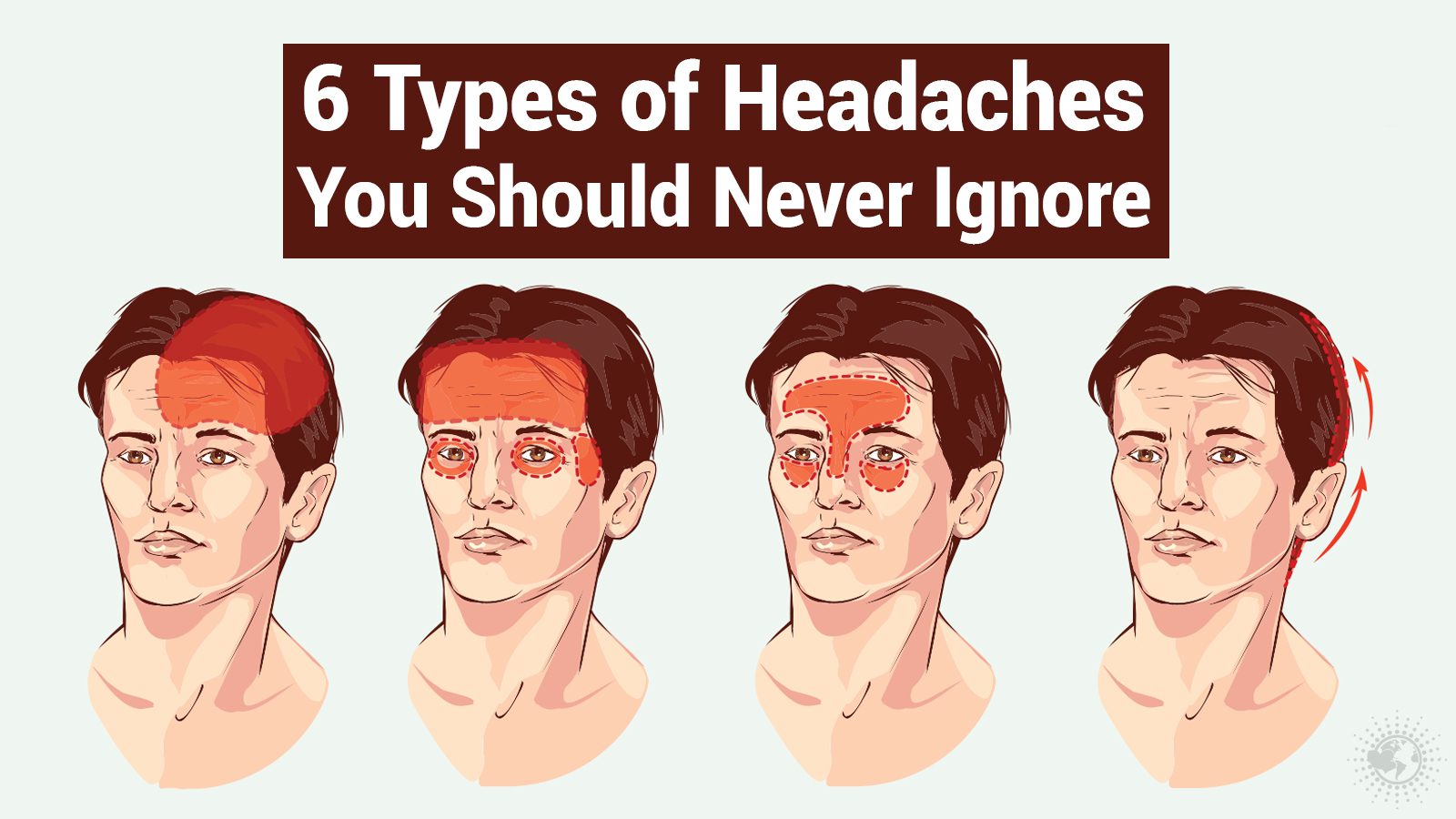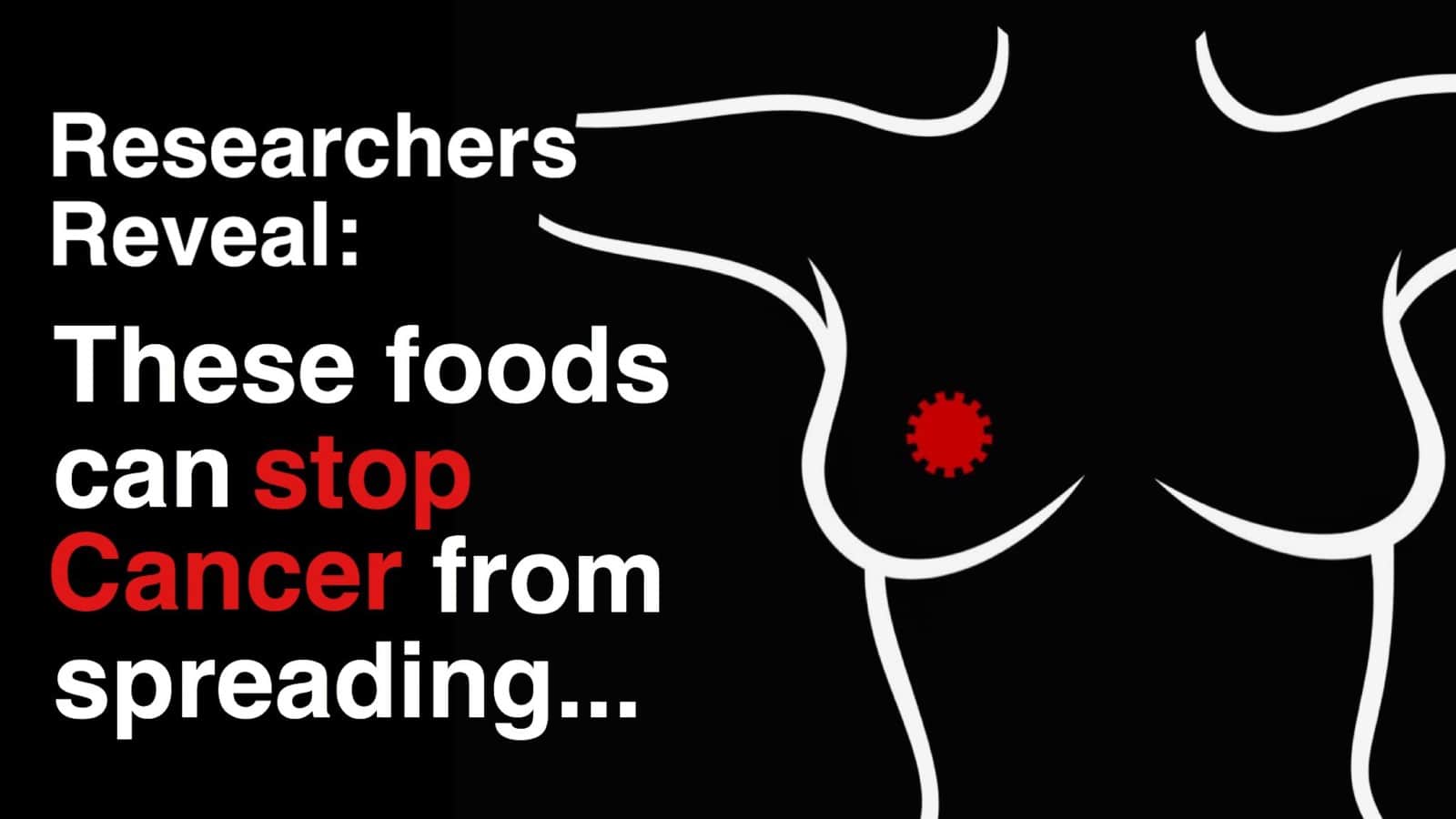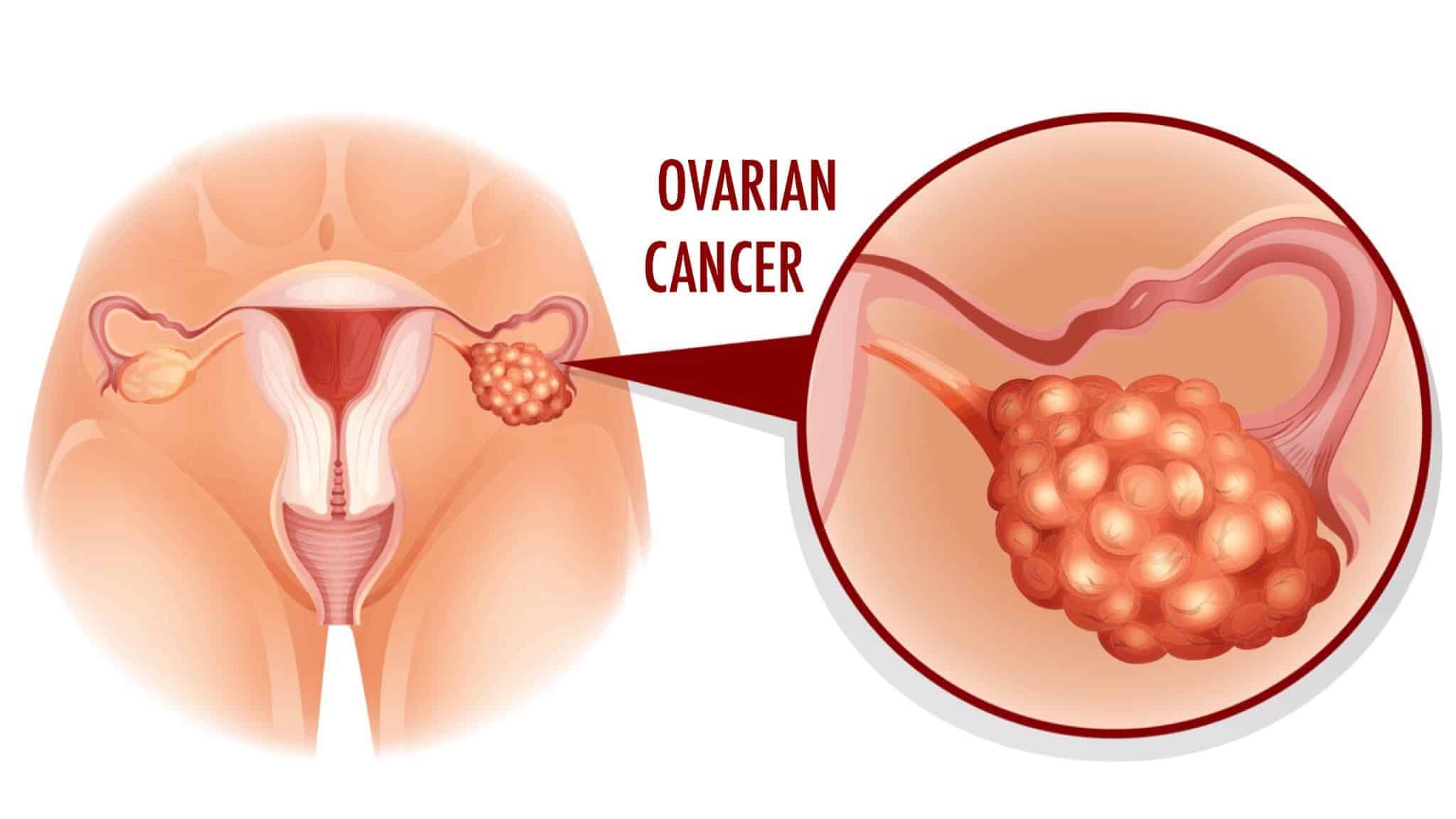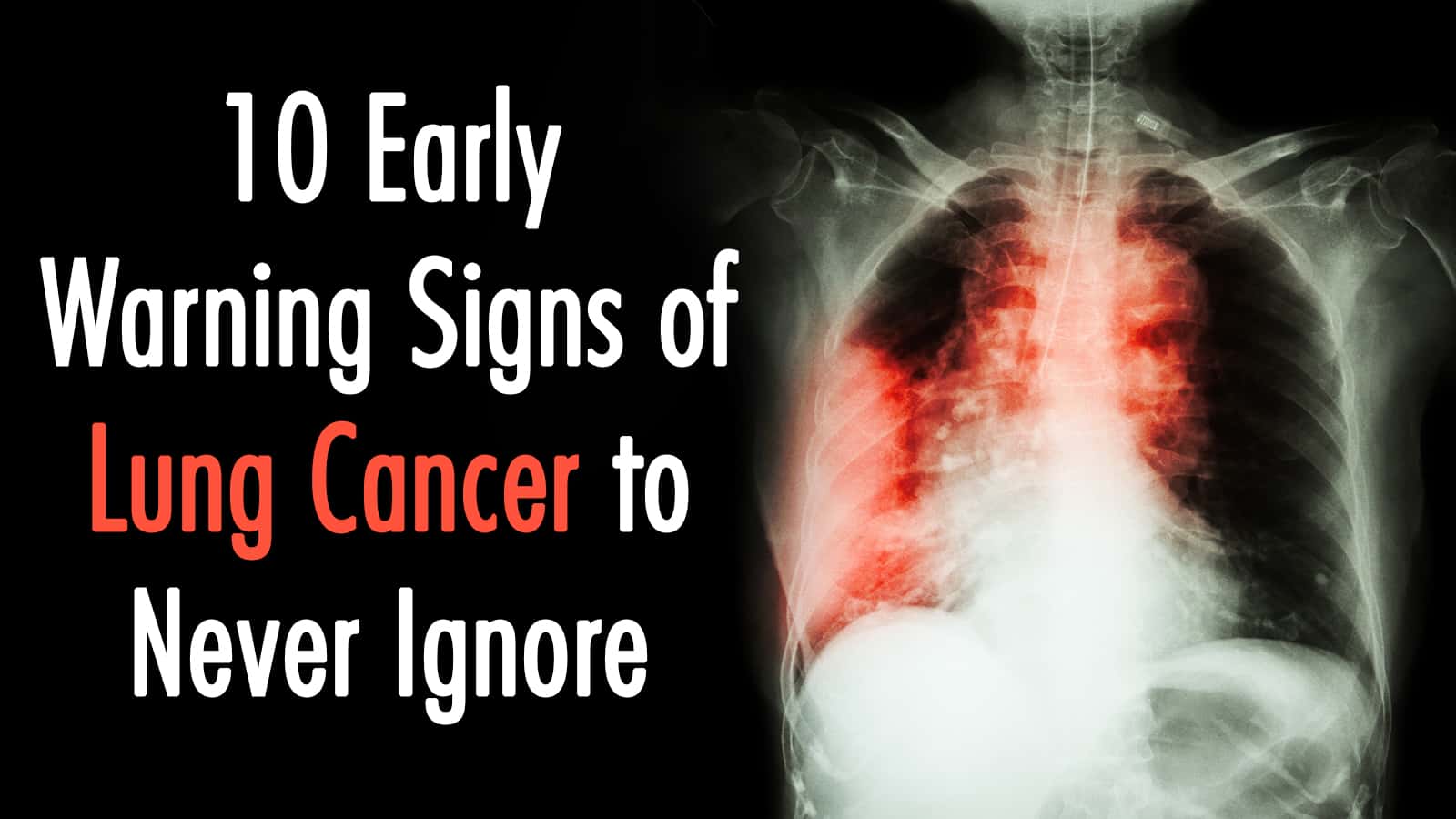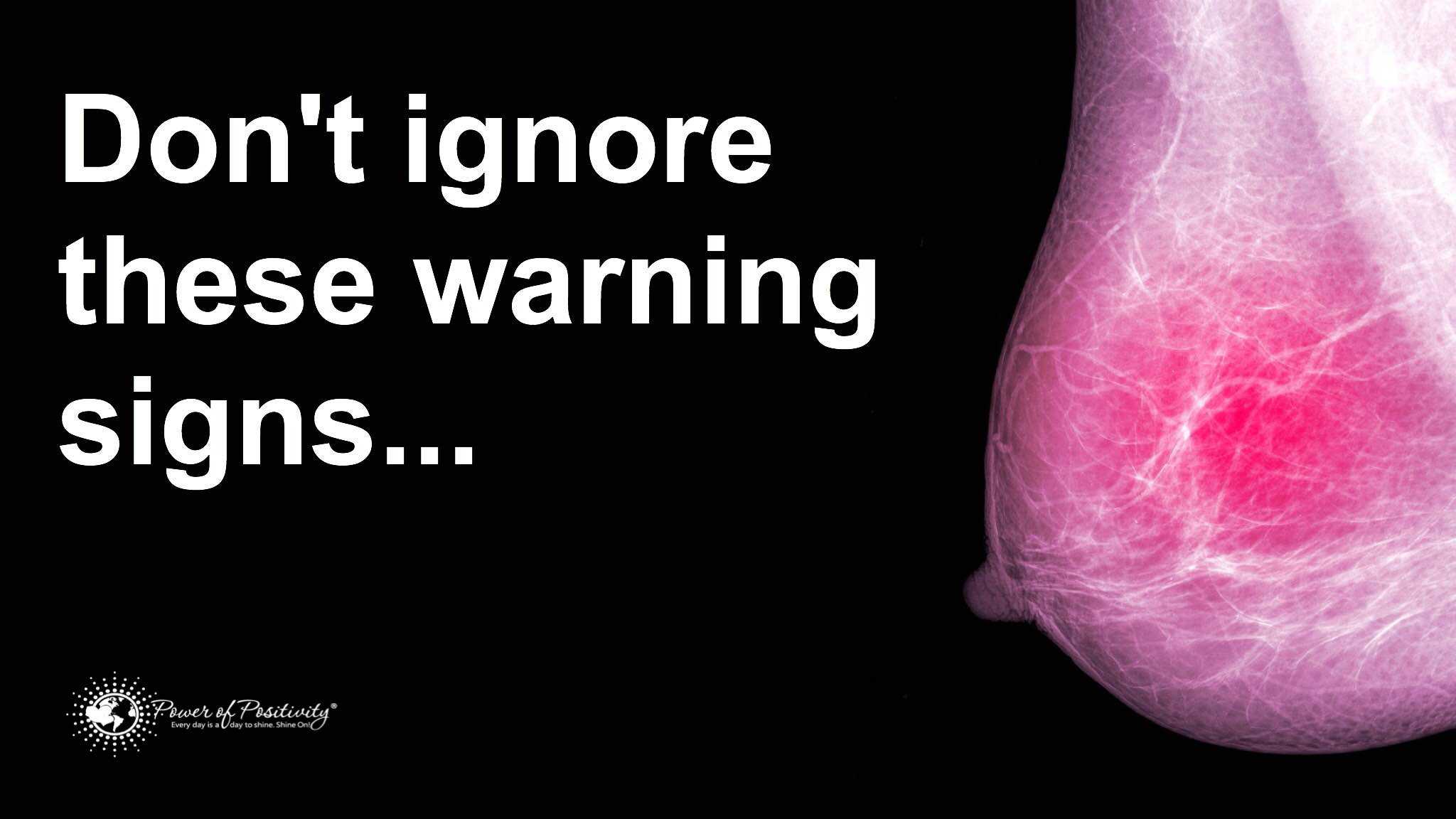Everyone gets headaches occasionally; often they’re nothing more than a minor inconvenience caused by stress, poor sleep, or diet. However, some headaches aren’t just fleeting discomfort—they can be early signs of a dangerous headache, signaling that something serious could be wrong and requiring immediate attention.
Knowing how to distinguish between a harmless tension headache and a potentially dangerous one could literally save your life. Secondary headaches, triggered by underlying medical conditions like aneurysms, infections, or head injuries, require swift medical intervention.
Being able to spot the red flags, such as sudden severe pain, vision changes, confusion, or headaches accompanied by fever, can guide you toward timely treatment and prevent severe complications.
Understanding these critical warning signs ensures you’re prepared to act quickly, transforming knowledge into your primary line of defense against dangerous health emergencies.
The Science Behind Serious Headaches: What Research Reveals
“Headaches comprise 3% of emergency department chief complaints. While most headaches are benign (96%), recognizing less common, emergent causes of headaches is critical, as a timely intervention may be life-saving.”
StatPearls, NCBI Bookshelf
While most headaches are harmless, certain symptoms, such as thunderclap headaches, sudden neurological changes, or high fever accompanied by neck stiffness, strongly indicate serious medical emergencies. Scientists stress the importance of recognizing these signs, emphasizing that rapid identification significantly improves patient outcomes.
Thunderclap headaches, sudden, severe headaches that reach peak intensity within seconds, are often associated with subarachnoid hemorrhage, a life-threatening brain bleed with an incidence of approximately 1 per 10,000 individuals annually.
Moreover, a comprehensive study published in Neurology revealed that 3 out of 4 athletes experiencing severe post-traumatic headaches had symptoms consistent with concussion or mild traumatic brain injury, underscoring the hidden risks in sports-related headaches.
Quick Facts
Understanding these critical headache types can be lifesaving. The table below highlights some of the most serious categories, providing quick, clear insight into the potential underlying causes of each.
Use it as a fast-reference guide to help identify when immediate medical attention is necessary.
Recognizing these scientifically backed insights can empower you to differentiate between ordinary discomfort and serious medical alerts, enabling timely responses and potentially saving lives.
1️⃣ Thunderclap Headaches
Thunderclap headaches strike with a sudden, explosive intensity, peaking within 60 seconds. This type of headache isn’t just painful; it’s often the brain’s way of screaming for urgent medical attention. These headaches can signal life-threatening conditions such as subarachnoid hemorrhage (a ruptured brain aneurysm), stroke, brain hemorrhage, or cerebral venous sinus thrombosis.
Symptoms may include intense pain at the back of the head or neck, nausea, vomiting, and even loss of consciousness. According to the American Migraine Foundation and Johns Hopkins Medicine, this kind of headache should never be ignored, especially if it’s the first time you’ve experienced anything similar.
If you experience a severe headache, don’t wait for it to pass. Please contact emergency services or proceed to the ER without delay. Prompt action can save your life and prevent permanent neurological damage.
🚑 First-time thunderclap headache = medical emergency. Always.
2️⃣ Sinus Headaches
People often misunderstand sinus headaches, leading to potentially dangerous misdiagnoses. They occur when sinuses become inflamed or infected, leading to pressure and pain in the face, especially around the nose, eyes, forehead, and cheeks. These headaches often worsen when you bend forward or first wake up in the morning.
While most sinus headaches are caused by common infections or allergies, they can sometimes be a sign of something more serious, like a deep sinus infection spreading into the brain or eyes. Understanding when your sinus symptoms exceed the threshold is crucial.
Red flags to watch for
- Persistent facial pain with high fever
- Vision changes or swelling around the eyes
- Severe headache not relieved by usual sinus medication
- Stiff neck or confusion (possible sign of meningitis)
If you notice these signs, don’t dismiss it as “just a sinus infection.” Seek urgent care to rule out complications.
🧩 Facial pressure + high fever = a warning, not a waiting game.
3️⃣ Sports-Related Headaches
Never ignore headaches following physical activity, especially contact sports. While some may simply be due to exertion or dehydration, others can indicate a concussion or traumatic brain injury (TBI). These injuries are more common than many realize, particularly in sports like football, hockey, boxing, and soccer.
A sports-related headache may feel like a throbbing or pressure-like pain and can be accompanied by symptoms such as dizziness, confusion, nausea, memory issues, or sensitivity to light. According to the American Academy of Neurology, up to 75% of athletes who experience post-impact headaches show signs of concussion, even if they never lose consciousness.
If a headache follows a hit to the head, even if it seems minor, it’s essential to stop playing and seek medical evaluation immediately. Ignoring the signs can lead to second impact syndrome, a rare but often fatal condition.
🛑 Experiencing a headache after a hit can be overwhelming. Play it safe.
4️⃣ Cluster Headaches
Cluster headaches are rare but incredibly severe. Often described as a burning or stabbing pain behind one eye, they can strike suddenly and without warning, typically occurring in clusters at the same time each day or night for weeks. People often refer to the intense pain as a “suicide headache” because it can completely incapacitate a person during an attack.
Unlike migraines, cluster headaches come on quickly, peak within minutes, and may be accompanied by tearing, red eyes, nasal congestion, or drooping eyelids, usually on the same side as the pain. Researchers believe the hypothalamus, which regulates the body’s internal clock, plays a key role in triggering these episodes.
Though not life-threatening on their own, the level of pain and disruption they cause often requires professional care. Treatments may include oxygen therapy, nerve blocks, or preventive medications.
🔁 Repeating severe eye pain? It’s not “just stress.” Get checked.
5️⃣ Migraine Headaches
Migraines are more than just “bad headaches”—they’re a neurological condition that affects over 1 billion people worldwide. While many people brush them off as something to power through, certain migraine symptoms can mimic or mask far more dangerous health issues, making awareness crucial.
Migraines typically cause throbbing pain, often on one side of the head, and are frequently accompanied by nausea, vomiting, blurred vision, sensitivity to light and sound, and, in some cases, even aura, temporary visual or sensory disturbances. Migraines can sometimes mimic a stroke, particularly when they impair speech, motor coordination, or vision, making them potentially dangerous.
If your migraine feels “different” than usual, lasts longer than 72 hours, or comes with neurological symptoms you’ve never experienced before, seek emergency care. These changes can signal a hemiplegic migraine, TIA, or something more serious.
🌪️ A migraine that feels unusual is your body asking you to investigate, don’t ignore it.
6️⃣ Persistent Progressive Headaches
A headache that gradually worsens over time and doesn’t respond to typical treatments may be more than just stress or fatigue. These persistent, progressive headaches often signal underlying issues such as brain tumors, increased intracranial pressure, or other structural abnormalities in the brain.
These headaches are persistent, unlike migraines or tension headaches. They get more intense and frequent, waking you up or making you feel worse in the morning. You might also experience symptoms beyond head pain—signs that your brain is under pressure and struggling.
Watch for these additional warning signs
- Blurred or double vision
- Vomiting (especially without nausea)
- Difficulty walking or balancing
- Personality or cognitive changes
- Seizures or muscle weakness
If your headache feels like it’s getting stronger and stranger by the week, don’t wait. Early imaging and diagnosis could save your life.
🧠 A headache that keeps growing louder isn’t just noise, it’s a message. Listen closely.
Critical Warning Signs You Must Not Ignore
While many headaches are harmless and can be managed with rest or hydration, some are your body’s urgent cry for help. The key is knowing which symptoms shouldn’t be ignored. These red flags often point to serious medical conditions like brain bleeds, infections, strokes, or tumors.
When a headache appears suddenly, feels different from your usual pain, or comes with additional neurological symptoms, it’s time to stop guessing and seek medical attention. Taking prompt action can significantly impact your recovery, prevent long-term complications, and potentially save your life.
Whether the pain is sharp, persistent, or combined with other unusual symptoms, don’t second-guess your instincts. If something feels off, it probably is.
⚡ Thunderclap Onset
🧠 Post-Impact Symptoms
🦠 Infection Indicators
👁️ Visual or Speech Changes
🎯 New After 50
🚶 Neurological Red Flags
Frequently Asked Questions
What are the best natural remedies for mild tension headaches?
Natural relief for tension headaches often starts with relaxation. Peppermint oil applied to the temples or neck can soothe muscle tension. Drinking water helps if dehydration is a trigger.
Deep breathing, gentle yoga, and warm compresses can also ease discomfort. If you’re magnesium deficient, a supplement or magnesium-rich foods like nuts and leafy greens may help reduce headache frequency.
When should I stop using home remedies and see a doctor?
A: If your headache is intense, comes on suddenly, or feels different than usual, especially with nausea, confusion, fever, or blurred vision, don’t wait.
These symptoms may signal a serious condition like a stroke, infection, or hemorrhage. Also seek help if natural remedies stop working or if your headaches begin to interfere with daily life.
Can dehydration really trigger serious headaches?
Yes. When you’re dehydrated, your brain can temporarily contract from fluid loss, pulling away from the skull and causing pain. Even mild dehydration reduces oxygen flow, potentially triggering migraines. If you’re prone to headaches, staying hydrated is one of the simplest yet most effective forms of prevention.
What daily habits help prevent recurring headaches?
A: Building consistent, brain-friendly routines can significantly reduce headache frequency. Here’s how to build them:
- Hydration: Drink at least 6–8 glasses of water daily
- Consistent sleep: Aim for 7–9 hours at the same bedtime each night
- Balanced meals: Don’t skip meals—low blood sugar can trigger migraines
- Stress management: Practice meditation, deep breathing, or journaling
- Limit caffeine and alcohol: Sudden withdrawal or excess can trigger pain
- Reduce screen time: Take regular breaks from blue light and screen glare
- Stay active: Moderate exercise improves blood flow and reduces tension
- Keep a headache diary: Track food, sleep, and stress to spot triggers
When Your Head Speaks, Listen
Most headaches are just noise. But some? They’re alarms. Sharp ones. Sudden ones. Ones that whisper, “Don’t wait.”
Knowing the difference isn’t about panic—it’s about power. This power is the ability to pause. This power grants you the ability to take action. You are empowered to protect your health.
So yes, drink your water, get your sleep, and manage your stress, but also trust your gut. If your head feels off, don’t Google and gamble. Get it checked.
You only get one brain. Don’t ignore its signals.
When it comes to dangerous headaches, ignoring the signs doesn’t make you brave; it makes you late.

